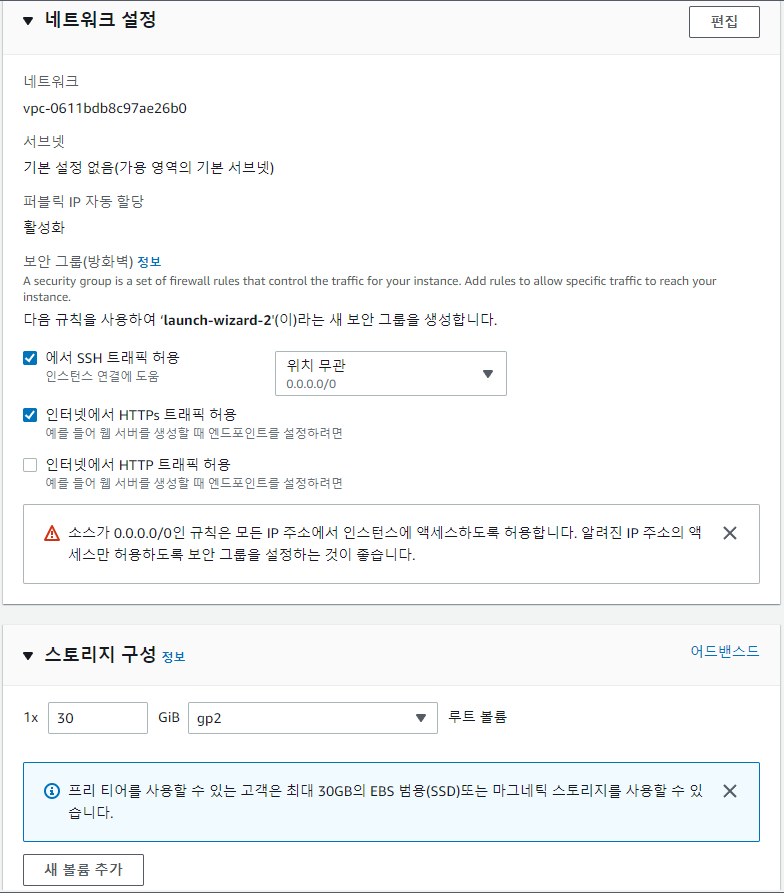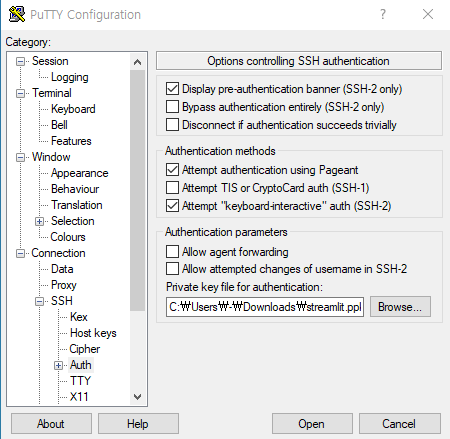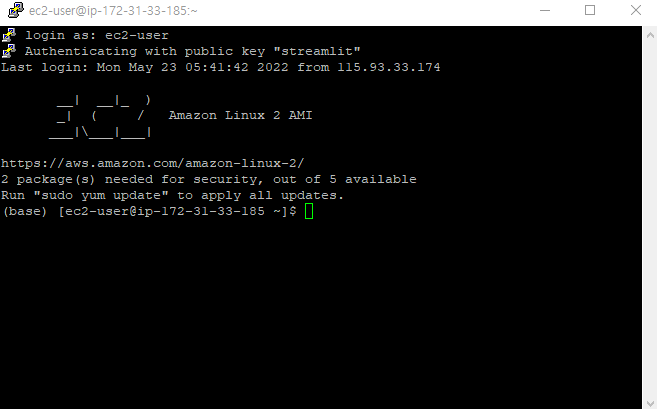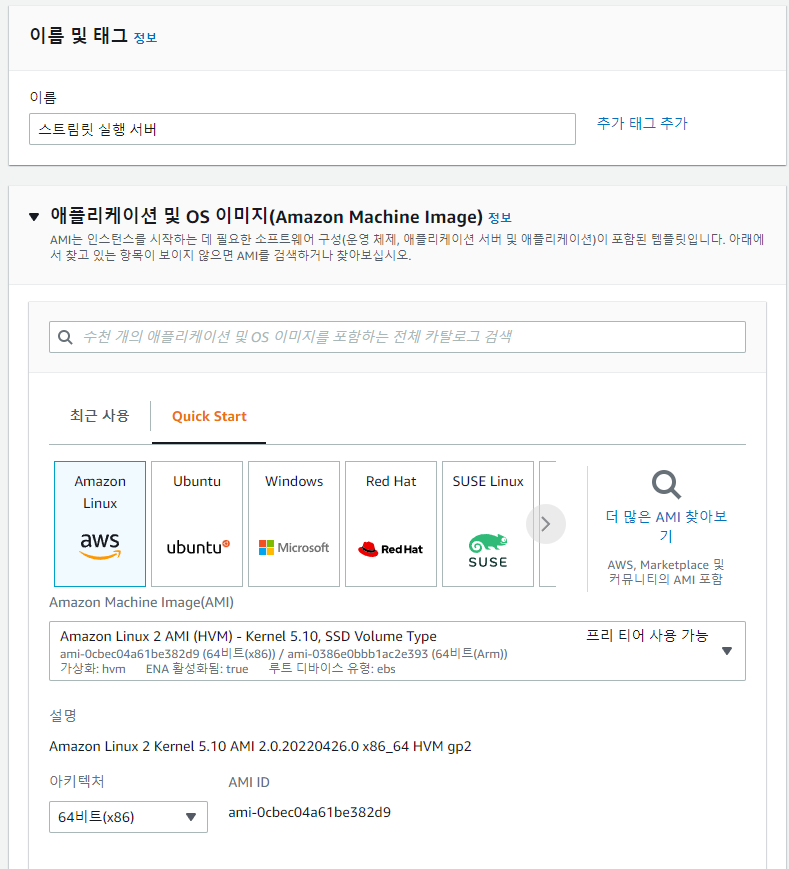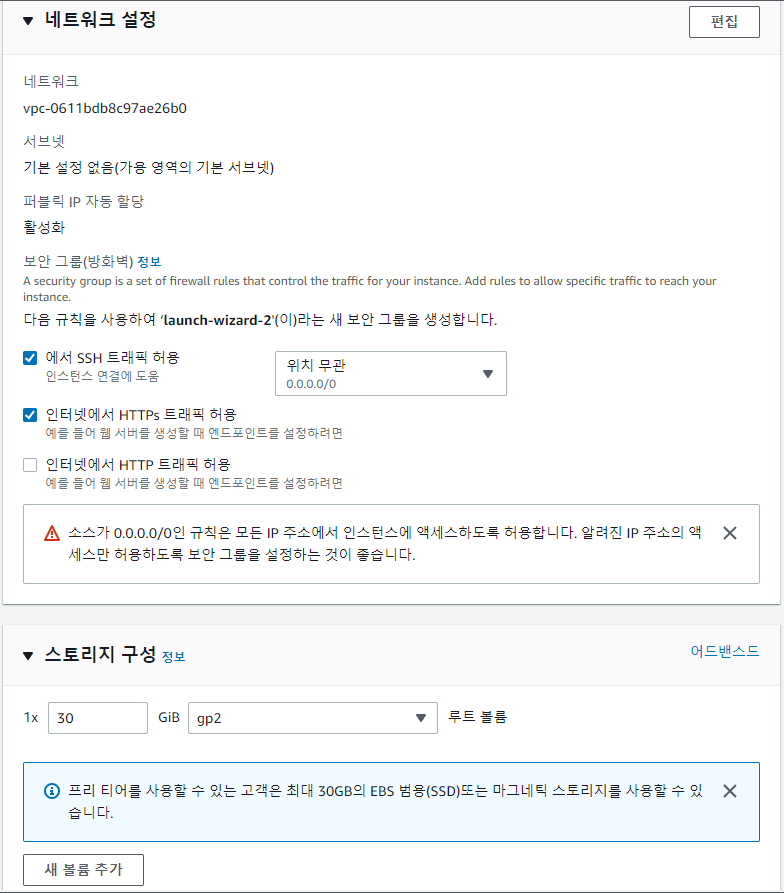import streamlit as st
import pandas as pd
import matplotlib.pyplot as plt
import seaborn as sns
def main():
st.title('차트 그리기 1')
df = pd.read_csv('data2/iris.csv')
st.dataframe(df)
# 차트 그리기
# sepal_length 와 sepal_width 의 관계를
# 차트로 나타내시오.
fig = plt.figure()
plt.scatter(data = df, x = 'sepal_length', y = 'sepal_width')
plt.title('Sepal Length vs Width')
plt.xlabel('Sepal Length')
plt.ylabel('Sepal Width')
st.pyplot(fig)
fig2 = plt.figure()
sns.scatterplot(data = df, x = 'sepal_length', y = 'sepal_width')
plt.title('Sepal Length vs Width')
st.pyplot(fig2)
fig3 = plt.figure()
sns.regplot(data = df, x = 'sepal_length', y = 'sepal_width')
st.pyplot(fig3)
# sepal_length 로 히스토그램을 그린다.
# bin 의 갯수는 20개로.
fig4 = plt.figure()
plt.hist(data = df, x = 'sepal_length', bins = 20, rwidth = 0.8)
st.pyplot(fig4)
# sepal_length 히스토그램을 그리되,
# bin 의 갯수를 10개와 20개로
# 두개의 차트를 수평으로 보여주기
fig5 = plt.figure(figsize = (10,4))
plt.subplot(1, 2, 1)
plt.hist(data = df, x = 'sepal_length', bins = 10, rwidth = 0.8)
plt.subplot(1, 2, 2)
plt.hist(data = df, x = 'sepal_length', bins = 20, rwidth = 0.8)
st.pyplot(fig5)
# species 컬럼의 데이터를 각각 몇개씩 있는지
# 차트로 나타내시오.
fig6 = plt.figure()
sns.countplot(data = df, x = 'species')
st.pyplot(fig6)
#### 지금까지 한건, plt와 seanborn 차트를
# streamlit에 그리는 방법했다.
#### 데이터프레임이 제공하는 차트함수도
# streamlit에 그릴 수 있다.
# species 는 각각 몇개인지, 데이터프레임의
# 차트로 그리는 방법
fig7 = plt.figure()
df['species'].value_counts().plot(kind = 'bar')
st.pyplot(fig7)
# sepal_length 컬럼을 히스토그램으로!
fig8 = plt.figure()
df['sepal_length'].hist(bins = 40)
st.pyplot(fig8)
if __name__ == '__main__':
main()
import streamlit as st
import pandas as pd
import altair as alt
import plotly.express as px
def main():
# 스트림릿에서 제공해주는 차트
# line_chart, area_chart
df1 = pd.read_csv('data2/lang_data.csv')
st.dataframe(df1)
lang_list = df1.columns[1:]
choice_list = st.multiselect('언어를 선택해주세요.', lang_list)
if len(choice_list) != 0:
df_choice = df1[choice_list]
st.dataframe(df_choice)
# 스트림릿이 제공하는 line_chart
st.line_chart(df_choice)
# 스트림릿이 제공하는 area_chart
st.area_chart(df_choice)
df2 = pd.read_csv('data2/iris.csv')
# 스트림릿이 제공하는 bar_chart
st.bar_chart(df2.iloc[:, 0: -2 + 1])
## 웹에서 사용할 수 있는 차트 라이브러리 중
## Altair 차트
alt_chart = alt.Chart(df2).mark_circle().encode(x = 'petal_length', y = 'petal_width', color = 'species')
st.altair_chart(alt_chart)
## 스트림릿의 map 차트
df3 = pd.read_csv('data2/location.csv', index_col = 0)
st.dataframe(df3)
st.map(df3)
# plotly 라이브러리를 이용한 차트 그리기.
df4 = pd.read_csv('data2/prog_languages_data.csv', index_col = 0)
st.dataframe(df4)
# plotly 의 pie 차트
fig1 = px.pie(df4, names = 'lang', values = 'Sum', title = '각 언어별 파이차트')
st.plotly_chart(fig1)
# plotly 의 bar 차트
df4_sorted = df4.sort_values('Sum', ascending = False)
fig2 = px.bar(df4_sorted, x = 'lang', y = 'Sum')
st.plotly_chart(fig2)
if __name__ == '__main__':
main()













